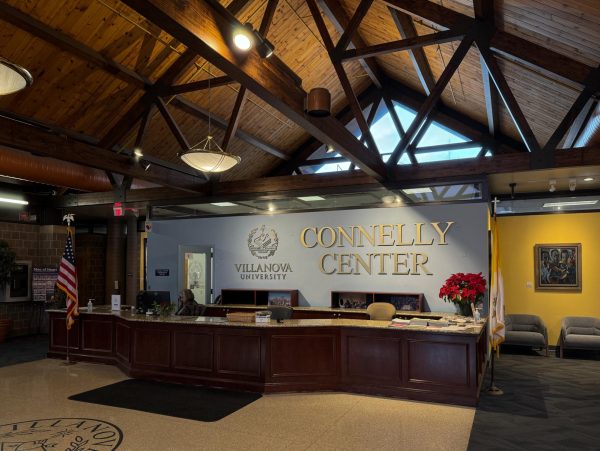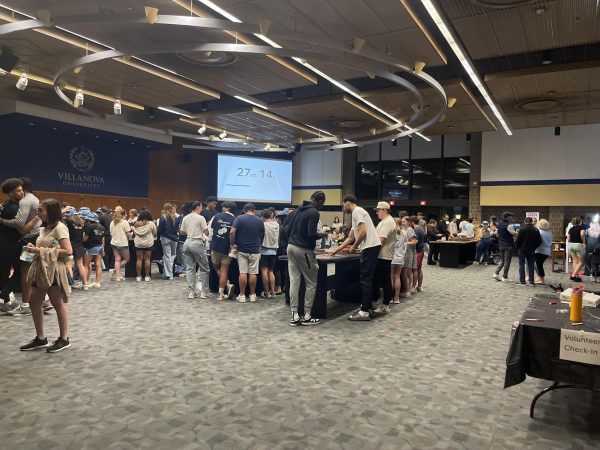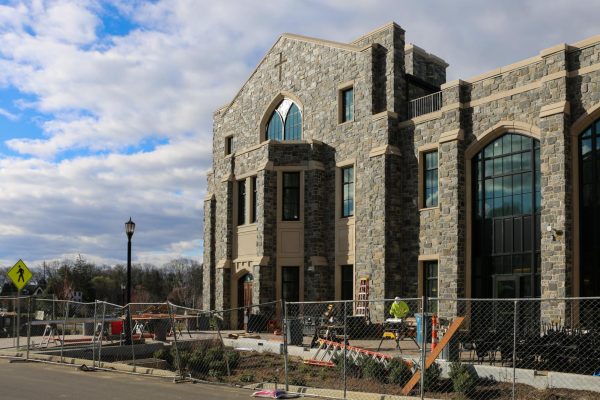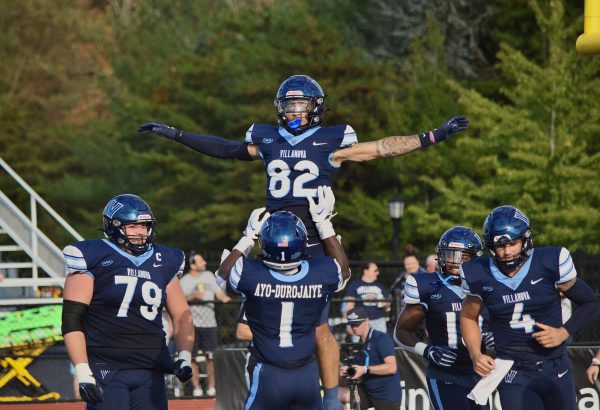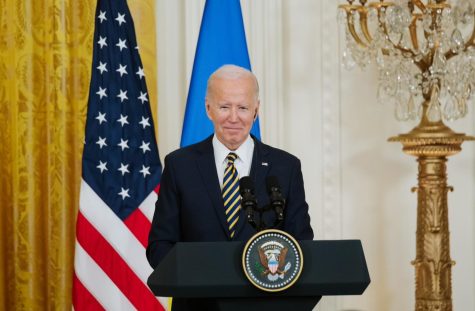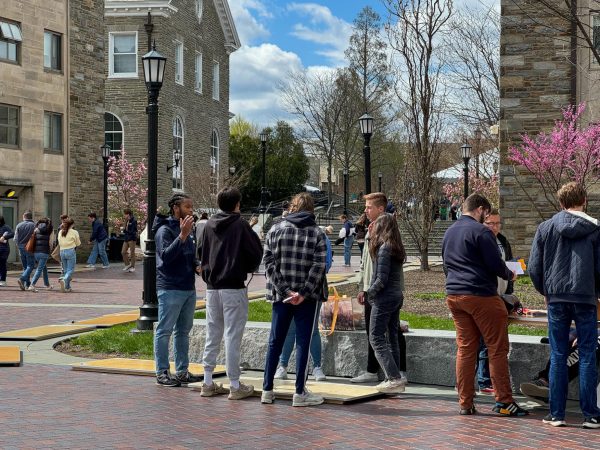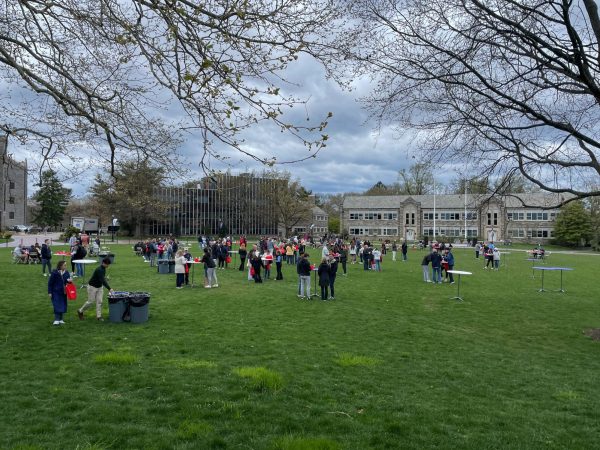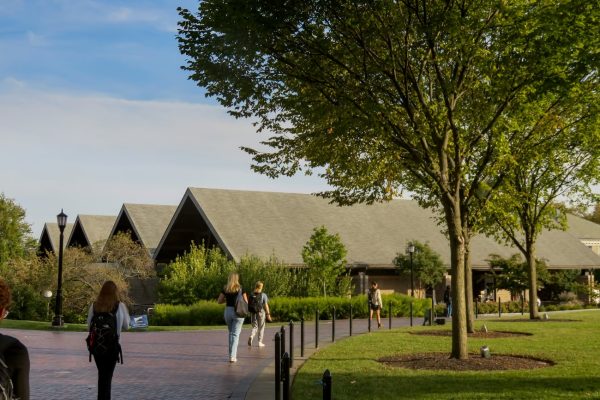What Happened the University of North Carolina, Chapel Hill and the University of Notre Dame
August 26, 2020
Last week, The University of North Carolina at Chapel Hill and University of Notre Dame announced modified fall plans after seeing spikes in coronavirus cases on their campuses. Both universities began holding in-person classes on Aug. 10 but then decided to revise their plans only a week into their academic school years. On Monday, Aug. 17, UNC-Chapel Hill notified the public of its choice to discontinue in-person teaching for undergraduates, and on Tuesday, Aug. 18, Notre Dame said that all of its teaching would switch online for at least the next two weeks. UNC was the first university to officially send students home after reopening, but many other institutions have made similar decisions, such as not allowing students to come back to campus at all.
UNC-Chapel Hill and Notre Dame are just a week ahead of the University in their academic schedules. At the time of their announcements to move online, UNC had at least 177 of its students test positive for the virus, and Notre Dame had at least 147 positive cases.
After UNC’s first week, the campus health clinic reported that the test positivity rate had risen from 2.8 percent to 13.6 percent. Regarding the choice to move completely online, the school’s chancellor, Kevin M. Guskiewicz, and provost, Robert A. Bloin, wrote in an email, “We have not taken this lightly,” and had consulted with local and state experts along with infectious-disease experts at the university.
Notre Dame’s President, Rev. John I. Jenkins, C.S.C., also issued a statement.
“The virus is a formidable foe,” Jenkins said to the student body. “For the past week, it has been winning. Let us, as the Fighting Irish, join together to contain it.”
Many wonder if the University will soon see the same results and be forced to move entirely online or even send students home. There are plenty of aspects that could be factored into the spread of coronavirus on those campuses. UNC, with about 20,000 undergraduate students, is one of the largest universities to bring its students back during the COVID-19 pandemic. Notre Dame has a smaller student body, though, with only 12,000 undergraduate students, yet it still faces the same problem of spread. Villanova has about 7,000 undergraduate students, for comparison.
University President Rev. Peter M. Donohue, O.S.A, Ph.D. reported in an email on Aug. 20 that “[University] residence halls are nearly filled.” He shared, “There are 4,945 total campus residents compared to 5,214 at the same time last year,” and only “4.6% of the traditional undergraduates requested a fully online schedule for Fall 2020.”
On the other hand, UNC’s on-campus housing was at less than two-thirds of capacity.
The state of North Carolina is ranked ninth in the United States for the most coronavirus cases, with over 153,000 lab-confirmed cases, according to the CDC COVID-19 Data Tracker. Pennsylvania is ranked twelfth and has more than 127,000 confirmed cases. Indiana, where Notre Dame is located, has about 84,000 confirmed cases and is ranked twentieth in the nation.
The issue of spread most likely comes from the actions of and precautions, or lack thereof, taken by students. Just like at the University, mask-wearing and social distancing were expected and enforced at both UNC and Notre Dame. However, the concern comes with off-campus gatherings. On Friday, Aug. 14, the first UNC coronavirus “cluster” of five or more cases were reported in two student housing facilities. The next day, a third cluster was identified at a fraternity house, and on Sunday, a fourth cluster at another residence hall. At Notre Dame, most of the students with positive tests live off-campus, and many of the cases were linked to two off-campus parties. The students in attendance were mostly seniors who failed to practice social distancing or wear masks.
Now, UNC is allowing students to leave campus housing without financial penalty. Notre Dame has since closed public campus spaces, prohibited off-campus students from visiting campus, and limited gatherings from 20 people to 10.
“If these steps are not successful, we will have to send students home, as we did last spring,” Father Jenkins warned.
Villanova’s Community First: CARITAS Commitment already has many expectations set in place for the community, like wearing a mask, regulating symptoms, following social distancing guidelines, limiting travel and abstaining from large social gatherings, but going into the first full weekend of the fall semester, Father Peter issued a warning to students about the effects of ignoring the guidelines and partying.
“As we have seen at other colleges and universities this past week, this is not something to be taken lightly,” he said. “If your actions force us to close, it’s not just for this semester. It will be for the rest of the year.”
Universities like UNC and Notre Dame have come under scrutiny for failing to protect their students and have been told that opening was not a good decision. Father Peter told the community that he has “heard it all this week.” Though many believe “it’s only a matter of time” and “what happened at all those other schools will happen here too,” he said, “Prove. Them. Wrong.”
He finished his Aug. 21 email with the message: “This is our opportunity, Villanova. Our one shot to do it right. Show the naysayers that it can be done, and that we are going to be the ones to do it. Let’s show the world what it means to be a Villanovan. V’s up. Masks on. Community First.”



